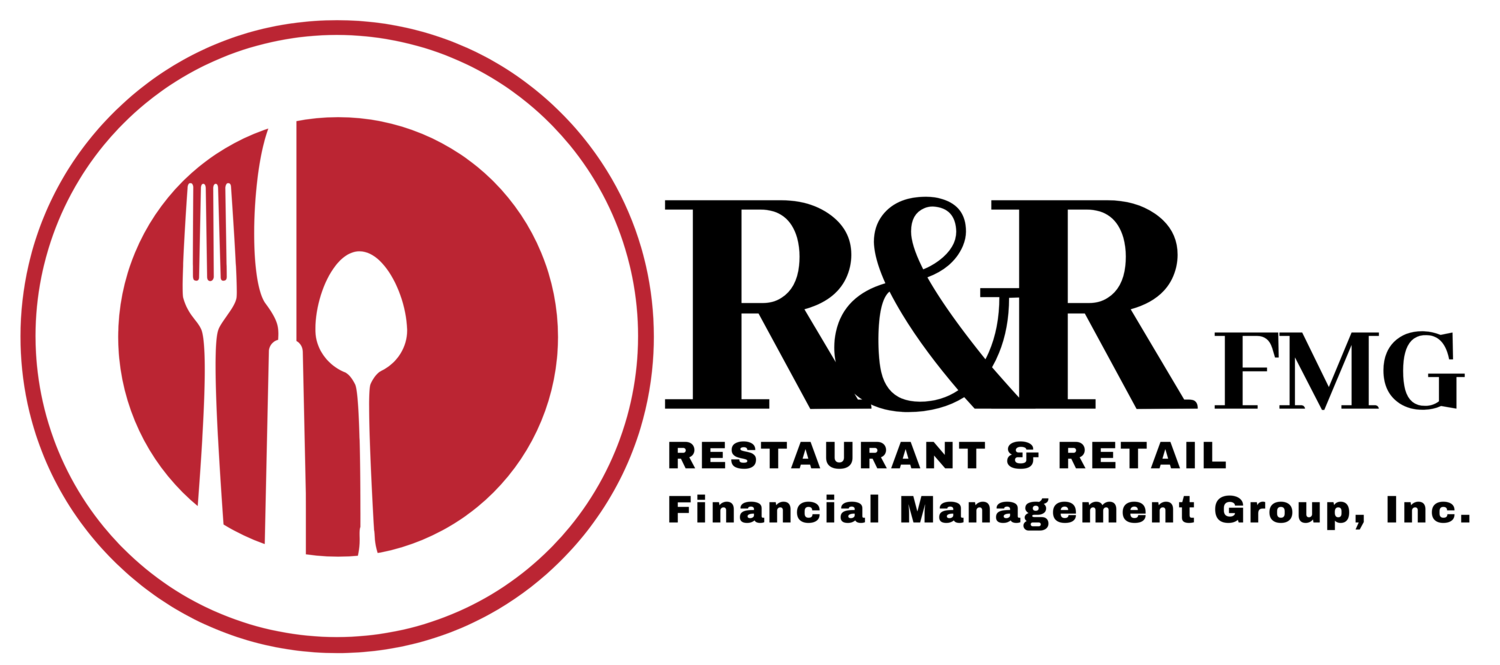
The Secret to More Accurate Restaurant Financials: Retail Calendars
by Ariane Ramil, VP, Development
Retail calendars are the critical tool savvy restaurant operators use to ensure accuracy and consistency in their financials. Restaurants experience fluctuating sales driven by weekends, holidays, and seasonal trends. When these variations fall unevenly across calendar months, comparing financial performance month-over-month or year-over-year can be misleading.
That’s where retail calendars — such as the 4-4-5, 5-4-4, and 13-period accounting calendars — come in.
These specialized calendars are designed to standardize accounting periods, ensuring that each reporting period represents comparable spans of time. For restaurant operators and accounting teams alike, this structure enables more accurate benchmarking, better operational insights, and smoother month-end processes.
Understanding the Need for a Retail Calendar

Traditional monthly calendars vary in length — some months have 28 days, others 30 or 31. For restaurants, which see a significant difference in revenue between weekdays and weekends, this inconsistency can distort performance comparisons.
For instance, February might include only four weekends while March may have five. A March income statement will naturally show higher sales, but that doesn’t necessarily reflect better performance — it’s simply a longer or weekend-heavy month.
Retail calendars solve this problem by dividing the fiscal year into standardized weeks, ensuring that each accounting period captures an equal number of days or comparable weekend distributions. The result is a clearer, fairer financial picture.
The Three Common Retail Calendars Used in the Restaurant Industry
1. The 4-4-5 Calendar
The 4-4-5 calendar is the most widely adopted retail calendar among restaurant and retail chains. It divides the year into four quarters of 13 weeks each, structured as follows:
-
-
- The first month of the quarter: 4 weeks
- The second month: 4 weeks
- The third month: 5 weeks
-
This pattern (4-4-5) repeats four times, producing a 52-week fiscal year. Every five to six years, an extra week (a 53rd week) is added to realign the calendar with the actual solar year.

Drawback:
Because months are not uniform in length (some have 4 weeks, others 5), comparing results between months can be less straightforward — though quarterly and yearly comparisons remain consistent.
2. The 5-4-4 Calendar

2. The 5-4-4 Calendar

The 5-4-4 calendar follows the same 52-week structure but flips the sequence:
-
-
- The first month: 5 weeks
- The second month: 4 weeks
- The third month: 4 weeks
-
The logic and benefits are nearly identical to the 4-4-5 approach — the only difference lies in how weeks are distributed across months.
Why some restaurants choose it:
A 5-4-4 format can better match certain seasonal sales trends or internal reporting cycles. For instance, if a restaurant’s busiest weeks often occur early in a quarter (perhaps due to holiday or promotional timing), assigning 5 weeks to the first month can provide more stable comparisons across quarters.
Drawback:
As with the 4-4-5, monthly comparisons can still fluctuate slightly depending on how weeks fall within a specific month.
- The 13-Period Calendar
The 13-period calendar takes standardization even further. Instead of grouping weeks into months and quarters, it divides the year into 13 equal periods, each consisting of four weeks.
This method completely eliminates the uneven month-length issue, as every period contains exactly 28 days (or 4 complete weeks). Some organizations add a 53rd week every few years to realign with the solar year.

Why some restaurants prefer it:
The 13-period calendar provides the ultimate consistency. Every period has the same number of weekdays and weekends, which makes period-over-period analysis far more precise. This is particularly beneficial for restaurant operations where weekly patterns — like Friday and Saturday peaks — strongly influence financial performance.
Drawback:
The main downside is administrative: because these periods don’t align with calendar months, financial reporting can become less intuitive for stakeholders used to standard monthly cycles (like investors, franchisors, or tax authorities). Additionally, integrating 13 periods with payroll or vendor billing cycles may require extra coordination.
4 Vital Ways Retail Calendars Impact Restaurant Accounting

Retail calendars don’t just change when books close — they reshape how restaurants interpret their financial story. Here are key areas where they make a measurable difference:
- Better Comparability and Trend Analysis
The core advantage of retail calendars is comparability. With consistent week counts, restaurants can confidently measure performance across periods without distortion from differing month lengths.
For instance, under a standard calendar, a 31-day month might appear to outperform a 28-day month, but that difference may simply reflect more operating days. With a 4-4-5 or 13-period calendar, each period’s data reflects the same number of operating days, making trend analysis and performance benchmarking much more reliable.
- Streamlined Month-End and Period-End Closings
Retail calendars help accounting teams by standardizing the close schedule. Since every period ends on the same day of the week — commonly Sunday — financial close can begin at the same operational moment every period.
This predictability simplifies accruals, sales cutoff, and inventory valuation. It also ensures that labor, cost of goods sold (COGS), and revenue all align precisely within full operational weeks, minimizing timing discrepancies.
For accounting teams — especially in outsourced or multi-location environments — this consistency shortens close timelines and reduces reconciliation errors.
- Improved Accuracy in Key Restaurant Metrics
Restaurant performance is often measured using key operational ratios, such as:
-
-
- Prime Cost (Food + Labor as a percentage of Sales)
- Cost of Goods Sold (COGS)
- Labor Cost Percentage
- Sales per Labor Hour
- Average Check and Guest Counts
-
When periods vary in length, these metrics can be misleading. A longer month may inflate sales but also inflate labor costs, making performance comparisons less meaningful. Retail calendars normalize these metrics across time, so operators can pinpoint real performance shifts — whether from menu changes, staffing efficiency, or operational adjustments.
- Enhanced Budgeting and Forecasting
Budgeting becomes more accurate when based on equal-length periods. Using a 4-4-5 or 13-period calendar, restaurants can allocate targets and expenses evenly across comparable periods.
For example, forecasting labor and COGS becomes easier when each period represents the same number of weeks. Operators can spot deviations in real time — like rising food costs or overtime hours — without the noise of uneven month lengths.
Choosing the Right Calendar for Your Restaurant Business
Selecting the best retail calendar depends on the restaurant’s operational model, reporting needs, and stakeholder expectations.
-
-
- Franchised or multi-unit brands often use 4-4-5 or 5-4-4 calendars to align reporting across all locations.
- Owner-managed or smaller restaurant groups may prefer the 13-period calendar for its straightforward comparisons and operational rhythm.
- Publicly listed or investor-backed chains might lean toward the 4-4-5 calendar since it aligns with many retail industry standards and makes quarterly reporting cleaner.
-
Whichever structure is chosen, consistency is key. Once a calendar is established, maintaining it year after year allows for accurate long-term comparisons and trend tracking.

Conclusion
In an industry driven by thin margins and daily fluctuations, the retail calendar provides a powerful foundation for financial consistency and insight. By standardizing accounting periods, restaurants gain clearer visibility into performance, more reliable comparisons across time, and smoother accounting processes.
Whether using a 4-4-5, 5-4-4, or 13-period calendar, the goal is the same: to tell a more accurate financial story — one week, one period, one restaurant at a time.
For more information, please fill out the form below. We’ll circle back with you shortly to discuss your requirements in further detail.

We’d love to Meet You In Person Or Via The Web!
If you have any questions, or just want to learn more about how our services can contribute to your operation’s success, please fill out the form and we’ll respond as soon as we can. Alternatively, call us directly at (818) 888-9579.
